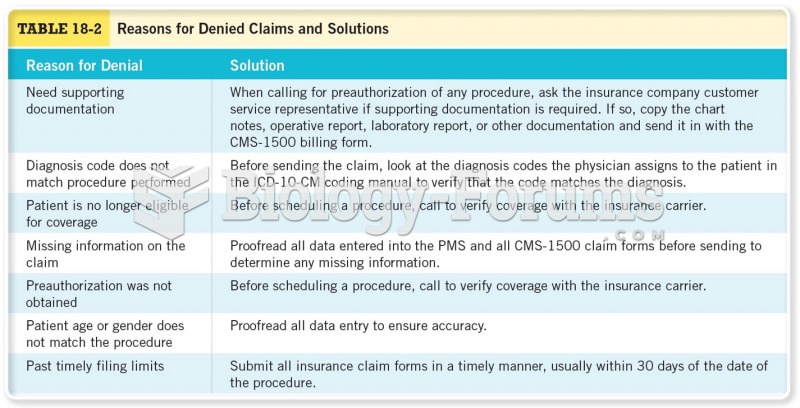Answer to Question 1
The health benefits of a primarily vegetarian diet seem to have encouraged many people to eat more plant-based meals. The popular press sometimes refers to individuals who eat small amounts of meat, seafood, or poultry from time to time as flexitarians.
People who choose to exclude meat and other animal-derived foods from their diets today do so for many of the same reasons the Greek philosopher Pythagoras cited in the sixth century B.C.: physical health, ecological responsibility, and philosophical concerns. They might also cite world hunger issues, economic reasons, ethical concerns, or religious beliefs as motivating factors.
Answer to Question 2
Nutrient Claims: Have you noticed phrases such as good source of fiber on a box of cereal or rich in calcium on a package of cheese? These and other nutrient claims may be used on labels so long as they meet FDA definitions, which include the conditions under which each term can be used. For example, in addition to having less than 2 milligrams of cholesterol, a cholesterol-free product may not contain more than 2 grams of saturated fat and trans fat combined per serving. The accompanying glossary defines nutrient terms on food labels, including criteria for foods described as low, reduced, and free. When nutrients have been added to enriched or fortified products, they must appear in the ingredients list. Some descriptions imply that a food contains, or does not contain, a nutrient. Implied claims are prohibited unless they meet specified criteria. For example, a claim that a product contains no oil implies that the food contains no fat. If the product is truly fat-free, then it may make the no-oil claim, but if it contains another source of fat, such as butter, it may not.
Health Claims: Health claims describe a relationship between a food (or food component) and a disease or health-related condition. In some cases, the FDA authorizes health claims based on an extensive review of the scientific literature. For example, the health claim that Diets low in sodium may reduce the risk of high blood pressure is based on enough scientific evidence to establish a clear link between diet and health. In cases where there is emergingbut not establishedevidence for a relationship between a food or food component and disease, the FDA allows the use of qualified health claims that must use specific language indicating that the evidence supporting the claim is limited. A qualified health claim might claim that Very limited and preliminary research suggests that eating one-half to one cup of tomatoes and/or tomato sauce a week may reduce the risk of prostate cancer. The FDA concludes that there is little scientific evidence supporting the claim.
Structure-Function Claims: Unlike health claims, which require food manufacturers to collect scientific evidence and petition the FDA, structure-function claims can be made without any FDA approval. Product labels can claim to slow aging, improve memory, and build strong bones without any proof. The only criterion for a structure-function claim is that it must not mention a disease or symptom. Unfortunately, structure-function claims can be deceptively similar to health claims, and most consumers do not distinguish between different types of claims.







